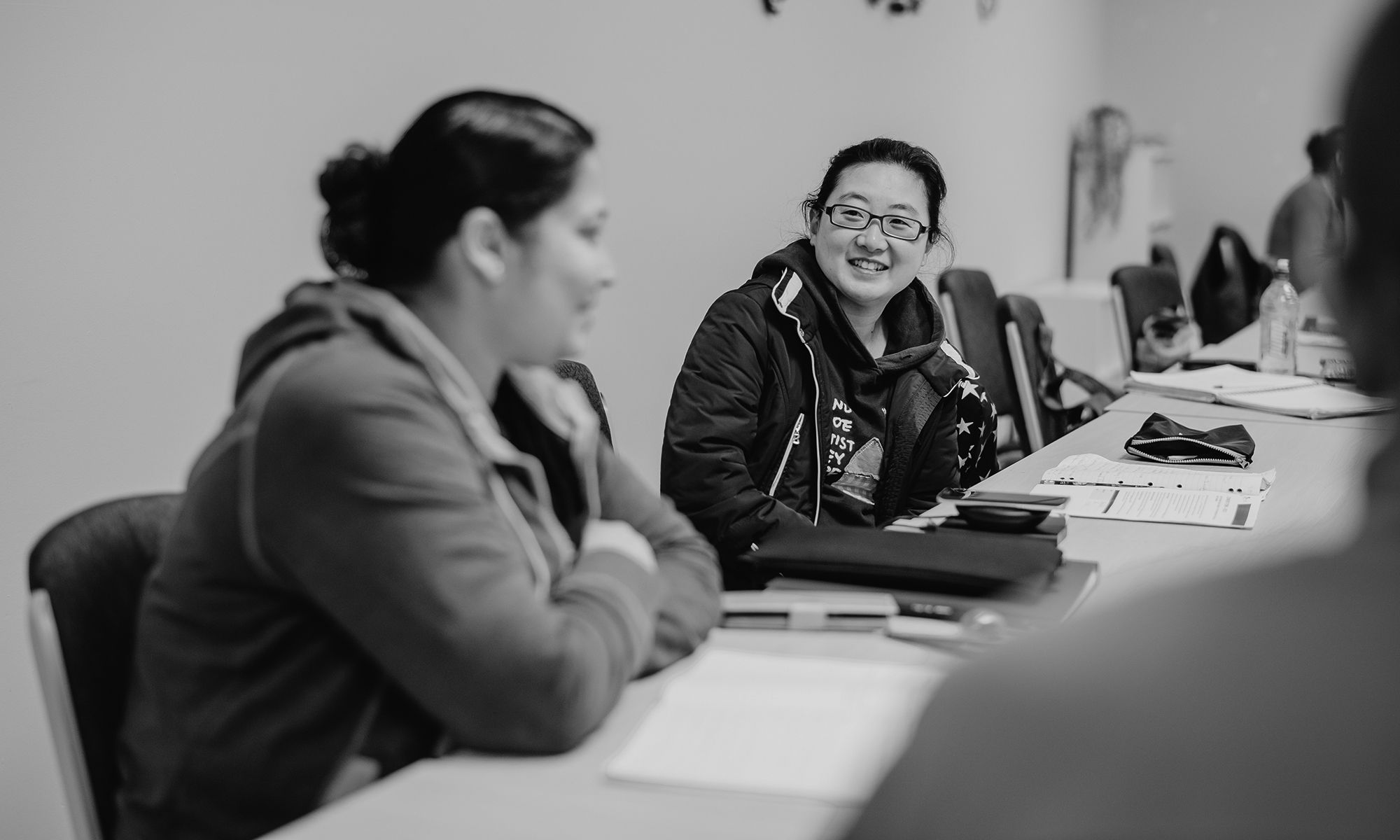Author: Nomazulu Ngozwana
University of South Africa
Edition: Volume 64, Number 2, July 2024
Introduction: The importance of providing institutional assistance to adult learners with visual impairment throughout the COVID-19 pandemic cannot be overemphasised. This paper examined the experiences of adult learners with visual impairment, whose studies were significantly affected by the implementation of lockdown and social distancing that led to their dropping out from one university in Eswatini. Using phenomenological design, three adult learners with visual impairment, who dropped out of the university, were chosen to participate in the study. Adult learners responded to a semi-structured interview guide during the individual conversations. The data were analysed using qualitative thematic analysis. Ethical considerations such as informed consent and anonymity were observed. The findings revealed the themes of social isolation, personal challenges, and lack of institutional assistance. Adult learners with visual impairment reported that there was no support received from the institution. Furthermore, adult learners indicated that some lecturers excluded them by not communicating and providing suitable materials for their condition. The participants acknowledged the awareness of using technology during the COVID-19 pandemic; however, they stated the lack of devices, inadequate technology skills, and their reliance on sighted adult learners and peers to read the content for them. This paper suggests that lecturers at this university in Eswatini be trained on how to teach and support adult learners with visual impairment, and the institution should consider developing a comprehensive education policy to cater to all different adult learners. Comprehensiveness has always been a challenge for adult learners with disabilities generally, but the pandemic has escalated it.
Keywords: institutional assistance, adult learners, visual impairment, COVID-19 pandemic, social capital theory
[feather share] Share a copy of this abstract.
This article is part of AJAL, Volume 64:2. The entire volume is available in .pdf for purchase here.
